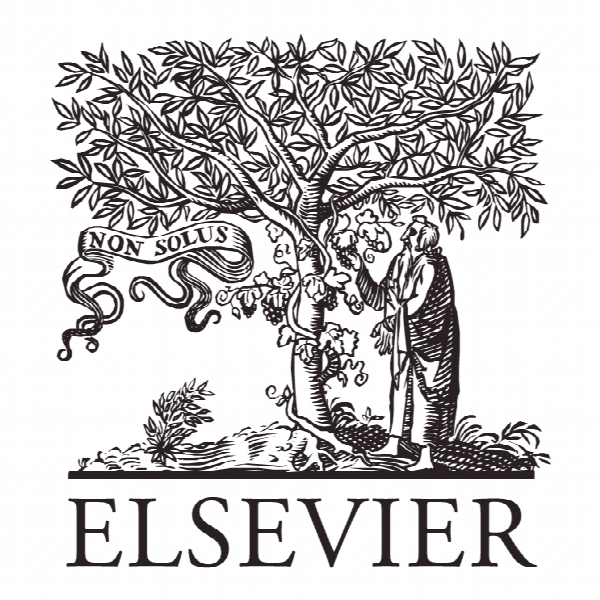مزایای شرکت مدیریت ارتباط با مشتری موبایل از رویکرد بازاریابی رابطه ای و مدل TOE The firms benefits of mobile CRM from the relationship marketing approach and the TOE model
- نوع فایل : کتاب
- زبان : انگلیسی
- ناشر : Elsevier
- چاپ و سال / کشور: 2017
توضیحات
رشته های مرتبط مدیریت
گرایش های مرتبط بازاریابی
مجله اسپانیایی تحقیقات بازاریابی – Revista Española de Investigación de Marketing ESIC
دانشگاه Departamento de Economía y Administración de Empresas, Universidad de Burgos, Spain
نشریه نشریه الزویر
گرایش های مرتبط بازاریابی
مجله اسپانیایی تحقیقات بازاریابی – Revista Española de Investigación de Marketing ESIC
دانشگاه Departamento de Economía y Administración de Empresas, Universidad de Burgos, Spain
نشریه نشریه الزویر
Description
ntroduction The use of mobile phones in Spain represents an outstanding business opportunity, considering that 9 out of 10 internet users have an intelligent device capable of connecting the client in a personal and direct way to the company (IAB Spain research, 2014). The capacity observed by companies in the fact that a mobile phone is a such a personal object, has enable mobile technology to enter the business world primarily as a marketing tool (Agrebi & Jallais, 2015; Riivari, 2005). Mobile marketing (m-marketing) is defined as the use of mobile devices to facilitate consumers with firsthand information and based on their location, with the main objective of promoting goods, services and ideas (Roach, 2009). A large number of papers analyze the varied aspects of the consumers’ perception with respect to m-marketing activities (Agrebi & Jallais, 2015; Chan & Chong, 2013; López-Catalán & San-Martín, 2013; Zhang, Chen, & Lee, 2013). However, it is necessary to extend on the perception of companies too. The main purpose of this paper is to study the degree to which companies consider that m-marketing positively contributes to establishing a relationship with clients and what this evaluation depends on. We define relationship as the repetition and maintenance of solid interactions between both parties due to the existence of economic or social bonds with the purpose of achieving a common benefit, based on Morgan and Hunt’s (1994) view of marketing of relations. This definition overcomes a large number of others which, like the, American Marketing Association (2013), describe marketing as the activity, institutional groups and processes to create, communicate, distribute, and exchange valuable offers to consumers, clients, partners and society in general, formally including the essence of the relationship marketing approach to the definition of marketing. When we talk about customer relationship management (CRM), we specifically refer to the business strategy that Reinartz, Krafft, and Hoyer (2004) identifies as the systematic process to manage initial, maintenance, and ending relationship with the customer through all windows of contact in order to maximize the value of the relationship. Riivari (2005) emphasizes the importance of m-marketing to better the management of relationships with clients in Europe, for both offering products and services as well as for identifying specific clients’ needs. This fact represents a strategy companies must take advantage of in order to ‘‘collocate their brand in the pockets of consumers’’ at any time and at any place, and characterize it by an interactive communication (Riivari, 2005, p. 15). In 2013, 23% of Spanish companies used a given kind of software to analyze customer information for marketing purposes, percentage that was not far from the leading countries (Finland and Austria) where 31% and 26% of the companies used similar software for CRM purposes (ONTSI, 2013). Awasthi and Sangle (2013) point out that empiric studies about CRM are rare, despite their multiple benefits to company management.


